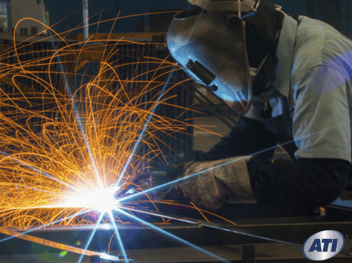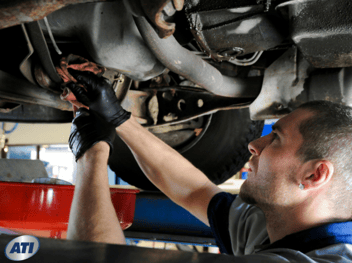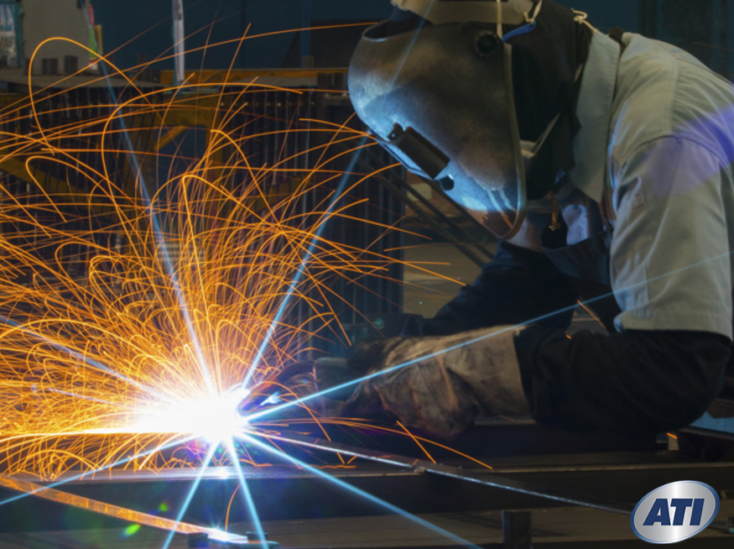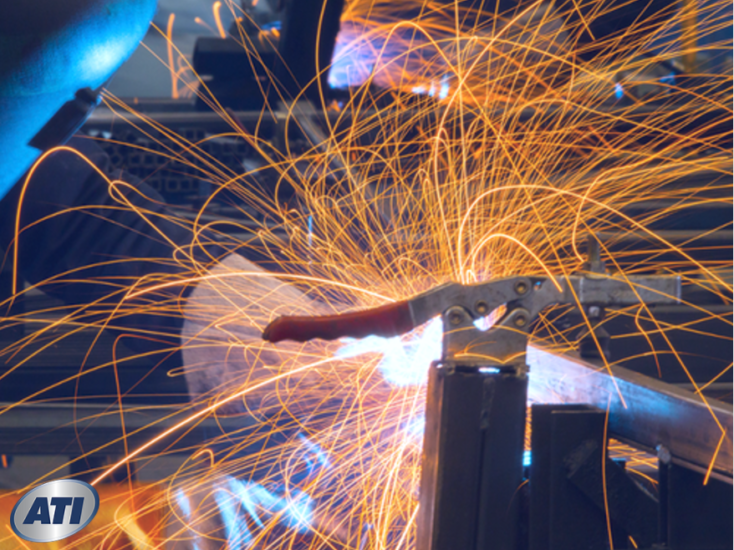Heavy Vehicle EDR Training: What Will I Learn?
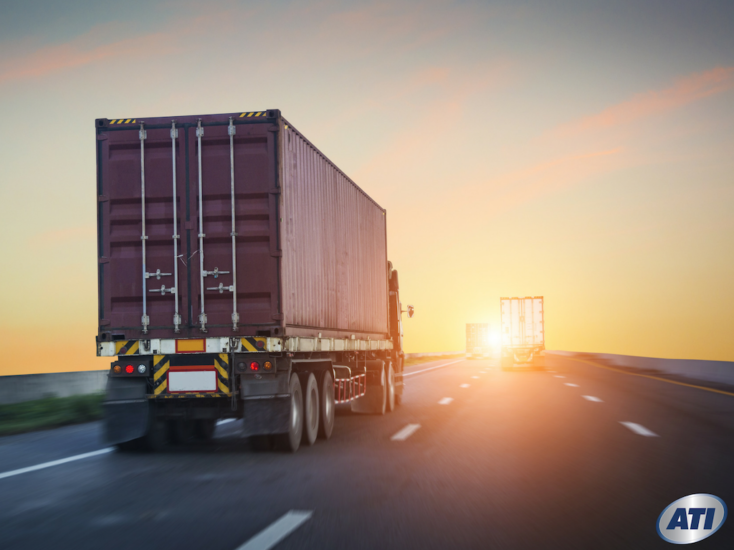
You see them on construction sites, making their way through crowded city streets, and slowly working their way across the country on highways. They’re enormous, powerful, and potentially dangerous.
They are “heavy vehicles.” This includes tractors, drill rigs, long buses, vehicle, livestock haulers, and other massive pieces of machinery used to move people, products, and even the earth in the interest of economic prosperity.
Sometimes, however, they crash.
As you can imagine, crashes involving heavy vehicles aren’t often pretty. There’s often significant damage to property, the vehicles themselves, infrastructure, and people.
Because heavy vehicles are highly regulated, every crash needs to be investigated. Regulators need to be sure that owners and operators are following rules. Insurance companies need to know who is at fault. Manufacturers, city planners, and safety advocates need to know if anything can be learned to prevent future crashes from occurring.
They turn to the Heavy Vehicle Event Data Recorder, or EDR.
An EDR is like a “black box” you often hear about when an airplane crashes. A Heavy Truck EDR collects, preserves, stores, and shares data about a vehicle’s speed, braking, and other factors just before a crash. The information collected by an EDR often proves invaluable during crash investigations–as do those who have formal training in using and reading an EDR.
Here’s why:
Integrity Matters
Data recorded in an EDR can be and often is used in court proceedings. For that reason, it needs to be treated as investigative data. In other words, any time an EDR isn’t handled as digital forensic evidence, it could compromise the integrity of criminal or civil investigations.
Formal training in using a Heavy Vehicle Event Data Recorder will teach you to obtain, preserve, and interpret the data collected in forensically sound ways, which is critically important to crash investigators, law enforcement officials, engineers, safety officials, and insurance companies.
Employment Opportunities
Many people who work with Heavy Vehicle EDR devices are essentially self-taught. They have gained their knowledge and skill by working in the field. This can make them valuable to companies and organizations that purchase and install the devices. It can even help those companies understand the data.
But lawyers tend to want experts who have both training and experience.
Lawyers often hire crash reconstruction experts, such as in a recent case in Canada that was written about in the Toronto Sun. And many people with formal training have built successful careers for themselves working with lawyers across the country and around the world.
In fact, there are companies, such as Exponent, that hire teams that specialize in all aspects of crash reconstruction, including EDR technology.
Breadth of Knowledge
It’s one thing to understand the technology behind Heavy Vehicle EDR devices. It’s another thing entirely to understand how heavy vehicles work with that technology.
Crashes involving heavy vehicles can result in significant damage to the vehicles. This can make it difficult to recover the data and match the information captured in the EDR with what the damage indicates occurred.
Context, perspective, and experience working with a wide range of heavy vehicle technology–a full breadth of knowledge in the field–allows you to have a better understanding of what the data collected in the EDR means, what led to the crash, and what data is relevant to the investigation.
That’s why having formal training through a program that covers everything from four stroke diesel engines to drivelines to brakes to computer applications to EDRs is important.
Innovation
The science and technology behind Heavy Vehicle EDR devices is rapidly evolving, according to Bosch Diagnostics. Part of this is due to the willingness of manufacturers to install the devices, and part of it is due to the push by the National Transportation Safety Board (NTSB) to increase the percentage of heavy vehicles equipped with the devices.
The result is that the pace of innovation in the development of EDR devices continues to increase. Modern EDRs can (and should, according to the NTSB) include video systems, telematics, collision warning-avoidance systems, and even airbag control modules.
Formal training helps ensure that you’re up to speed on the latest technology, standards, regulations, and tools available to recover, retain, and interpret all of the data that is currently being collected.
Get Trained
You never know where an Associate of Occupational Science Degree in Heavy Vehicle Technology with Service Management may take you. But having formal training in EDR can help make the journey easier. Contact the Advanced Technology Institute to start your formal training.
Industry Knowledge
Welcome to the Advanced Technology Institute's Blog, your resource for industry insights and discussions on technologies shaping the future of automotive, heavy vehicle, hvac, welding, and other related career paths.
Explore how ATI's curriculum and hands-on learning opportunities can propel your career in the tech-driven world.

